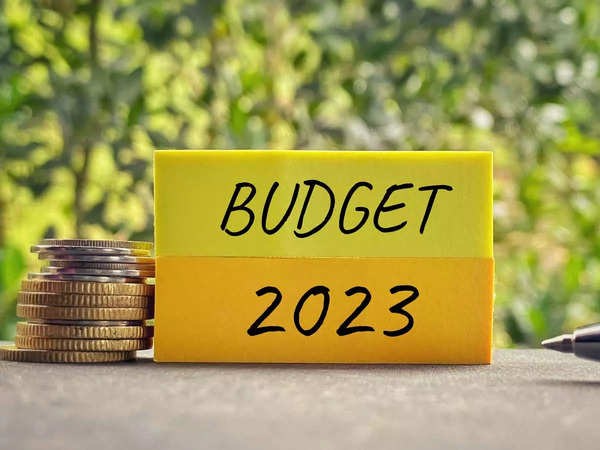The 2023-24 Union Budget provides much cause for celebration. While a transition to green energy is essential it is not enough. The same strategic focus must be extended to decarbonizing materials, which account for 40-45% of our carbon footprint.
Just like with green energy there is an urgent need for concerted strategic efforts towards mainstreaming of green materials in the near future. Market-Based Instruments (MBIs) can play a key role in accelerating the transition to a circular economy by providing economic incentives for sustainable practices. Some MBIs that can be considered as policy instruments include:
- Extended producer responsibility (EPR) programs that go beyond plastics, e-waste and ELVs: This requires producers, across all product categories, to take responsibility for the end-of-life management of their products, including disposal and recycling.
- Green procurement policies: Governments and organizations can adopt policies that prioritize and mandate the purchase of products that have recycled content and are produced using circular economy principles.
- Recycling funds: This involves the creation of funds to finance waste management and recycling initiatives (funded through environmental taxes or producer fees).
- Resource efficiency mandates: Governments can establish mandates that require companies to reduce resource use and waste generation, incentivizing the adoption of circular economy practices.
- Performance-based incentives: This involves rewarding companies that adopt circular economy practices, such as reducing waste and increasing resource efficiency. Hopefully, the Green Credit program referred to in the Union Budget is along these lines.
- Encouraging the use of sustainable and biodegradable materials: This includes policies to promote the use of materials such as recycled construction materials, recycled plastics, and compostable materials, which have a lower carbon footprint compared to traditional materials.
- Encouraging innovation in low-carbon materials: Governments, private organizations, and universities should have a mandate to invest in research and development of new, low-carbon materials, such as sustainable alternatives to concrete, steel, and plastics.
The policies introduced under the Green Growth initiatives clearly prioritize decarbonizing energy and a number of steps to adopt clean energy have been identified and supported. The policies incentivize the production of green fuels and the use of clean energy, including CBG, green hydrogen, and lithium-ion batteries, and in summary, most of the opportunities that can accelerate India’s green energy transition. The allocation of financial resources to these initiatives, as currently announced, do appear somewhat modest. However, coupled with the innovative use of market instruments, these do have the potential to drive near-term impact.
Considerations for biodiversity, sustainable farming, afforestation, eco-tourism, carbon stock, and micro-fertilizer use are welcome and are aligned with some of the SDGs that at times do not find a prominent place in the Union Budget.
Also, the Green Credit Program has the potential to drive sustainability performance in the private sector, but more details are needed to assess its impact.











